Summary | Excerpt | Reading Guide | Reviews | Beyond the Book | Read-Alikes | Genres & Themes | Author Bio
The True Story of the Disastrous Marriage and Remarkable Divorce of Mary Eleanor Bowes, Countess of Strathmore
by Wendy Moore
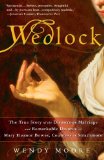
Critics' Opinion:
Readers' Opinion:
First Published:
Mar 2009, 400 pages
Paperback:
Mar 2010, 400 pages
 Book Reviewed by:
Book Reviewed by:
Marnie Colton
Buy This Book
This article relates to Wedlock
Before her husband forbade her from pursuing any hobbies or interests, Mary Eleanor Bowes devoted considerable time to studying botany and overseeing the gardens at her family estates. She even became the patron of Scottish naturalist William Paterson, funding his expedition to South Africa, from where he brought native plant specimens as well as the first giraffe remains ever seen in England. Unfortunately for Paterson, his scientific accomplishments were obscured by the debt that he found himself in when Stoney/Bowes cut off the funds that Mary had promised; the fortune hunter thus added "impeding scientific progress" to his list of iniquities.
In a strange parallel, another 18th century British botanical enthusiast, Mary Delany (1700-1788) found herself, at the age of 16, coerced into marrying an alcoholic squire in his 60s and living the next 10 years in quiet desperation. Although her husband did not display the flagrantly evil traits of Stoney/Bowes and had not stooped to tricking her into matrimony, the marriage, engineered by Mary's relatives for political purposes, stifled her zest for life. Unlike Mary Eleanor Bowes, however,  Mary Delany went on to marry a kindly vicar who encouraged her love of plants, and when she was in her 70s, she began creating exquisitely detailed flower collages that she dubbed "flower mosaiks". Over a century before the Dadaists claimed to invent collage, Mary Delany had employed scissors and paste, those hallmarks of women's leisure activities, in service of the "feminine" science, botany.
Mary Delany went on to marry a kindly vicar who encouraged her love of plants, and when she was in her 70s, she began creating exquisitely detailed flower collages that she dubbed "flower mosaiks". Over a century before the Dadaists claimed to invent collage, Mary Delany had employed scissors and paste, those hallmarks of women's leisure activities, in service of the "feminine" science, botany.
Because botanical study and illustration could be executed in the home and did not specifically require taking part in expeditions (most female botanists worked with specimens that male naturalists had brought from the field), it was generally considered an acceptable form of science for women to pursue. As Jean-Jacques Rousseau said, "An inquiry into abstract and speculative truths, into the principles, and axioms of sciences and every thing that render our ideas more general, is not the province of women. Their studies ought to be all practical; it is their business to apply the principles discovered by man, and to make the observations by which our sex is induced to establish those principles…" In other words, women should play back-up, secretarial roles to men's exploratory and inquisitive ones. With the exception of some radical clergymen who decried even botany as inappropriate for women to study, due to the reproductive distinctions between plants, this attitude toward botany as a "gentle" science that the "little lady" could practice at her writing desk prevailed throughout the 18th century.
According to Ann B. Shteir's expansive treatise on the subject, Cultivating Women, Cultivating Science: Flora's Daughter's and Botany in England, 1760-1860, this changed in the 19th century, but not necessarily for the better. Eager to rescue botany from its feminine sphere, male naturalists began to distinguish between "botanophiles" (botany enthusiasts, usually female) and "botanists" (scientists, usually male) and to move botany from the drawing room to the laboratory. Although the suffrage movement eventually helped break down barriers to women's formal education, resulting in women finally earning college degrees and gaining admittance into prestigious scientific societies, Shteir posits that botany's domestic and genteel roots should be a source of pride and wonder, not shame and denigration. Botany's pioneering women, stretching back to the earliest herbalists who practiced medicine culled from plants, made discoveries that hold true today, and early botanical illustrators, including Mary Delany, created images as accurate as they are beautiful. The "gentle" science might have earned a reputation as a much colder, less precise discipline without these women's influence.
Filed under Cultural Curiosities
![]() This "beyond the book article" relates to Wedlock. It originally ran in May 2009 and has been updated for the
March 2010 paperback edition.
Go to magazine.
This "beyond the book article" relates to Wedlock. It originally ran in May 2009 and has been updated for the
March 2010 paperback edition.
Go to magazine.
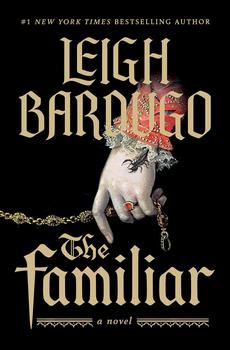

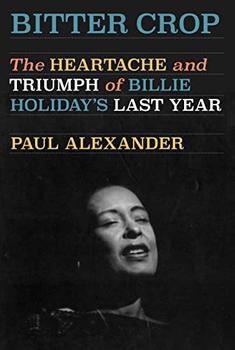
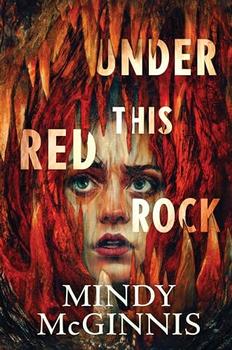
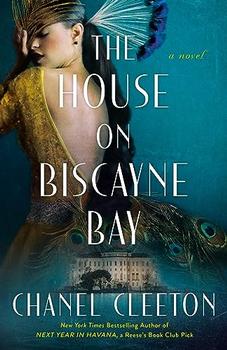
The House on Biscayne Bay
by Chanel Cleeton
As death stalks a gothic mansion in Miami, the lives of two women intertwine as the past and present collide.
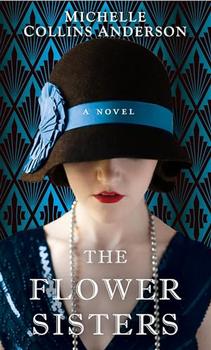
The Flower Sisters
by Michelle Collins Anderson
From the new Fannie Flagg of the Ozarks, a richly-woven story of family, forgiveness, and reinvention.

The Funeral Cryer by Wenyan Lu
Debut novelist Wenyan Lu brings us this witty yet profound story about one woman's midlife reawakening in contemporary rural China.
Your guide toexceptional books
BookBrowse seeks out and recommends the best in contemporary fiction and nonfiction—books that not only engage and entertain but also deepen our understanding of ourselves and the world around us.